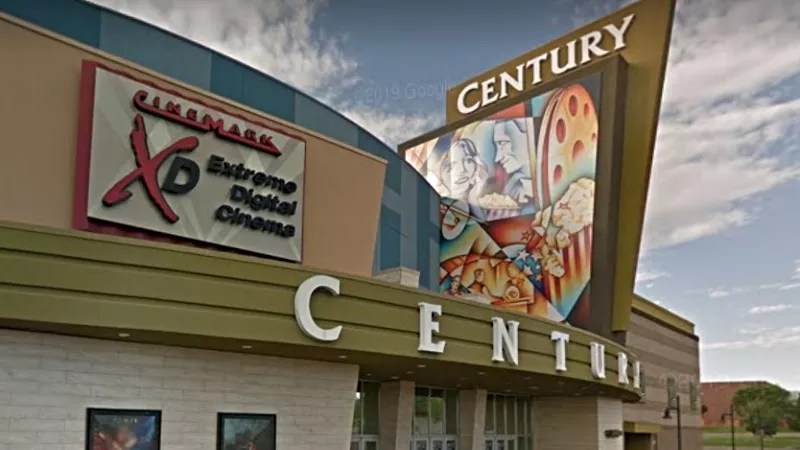
Google Maps

Audio By Carbonatix
Ten years ago today, on July 20, 2012, a gunman opened fire on the audience at a showing of The Dark Knight Returns at the Aurora Century 16. Twelve people were killed and seventy injured.
The identities of those who died – Jonathan Blunk, Alexander Boik, Jesse Childress, Gordon Cowden, Jessica Ghawi (also known as Jessica Redfield), John Larimer, Matt McQuinn, Micayla Medek, Veronica Moser-Sullivan, Alex Sullivan, Alexander Teves and Rebecca Wingo – were released by the Arapahoe County Coroner’s Office the next day. By then, everyone had already heard the name of the man who took their lives.
His name won’t appear in this story – and the downplaying of media coverage that identifies the perpetrators of such horrific acts is among the most notable developments regarding such crimes, which have become all too common.
After the Aurora theater shootings, a rising number of critics lambasted articles and television packages that focused on the killer, arguing that such pieces inevitably glorified a psychopath and could lead to copycats. At the time, I held a very different view. As a journalist, I’m devoted to reporting the facts, and there was no debate in my mind that the person who had caused so much pain to family members, the community of Aurora and many others was newsworthy. But beyond that, I saw writing about the cult of personality that developed around this person as illuminating a dark, disturbing element of the American psyche that needed to be examined in the clear light of day.
As a result, I posted about a wide variety of items that transformed the tragedy into a phantasmagoria of the absurd: a prominent Facebook group that proclaimed the killer’s innocence, other social-media pages that paid tribute to the act for shock value, Jay Leno’s tone-deaf response to what happened, the proliferation of memes meant to be funny that absolutely weren’t, and even ultra-realistic Halloween masks of the gunman sold for $500 apiece.
In each of these articles and many more about the sweeping investigation, debates over whether prosecutors should seek the death penalty, and the years of court proceedings culminating in a life-in-prison sentence formalized in August 2015, the shooter’s name was front and center – a decision I staunchly defended at the time.
I don’t anymore. I have come to agree with those who feel that by focusing on mass killers, journalists deflect attention from far more important subjects – not only the victims, but what can be done to prevent such incidents from occurring on a regular basis. Note that between the April 20, 1999, attack on Columbine High School to the May 24 slayings in Uvalde, Texas, at least 332 school shootings have taken place across the country. And sixteen mass shootings happened between the March 2021 slayings at a Boulder King Soopers and the May 14 massacre at a grocery store in Buffalo, New York.
In coverage of future mass shootings – which we can only hope will become very rare – Westword will continue to publish the names of suspects and perpetrators as they’re initially identified, but after that, only when they are particularly relevant to the piece. Most major news agencies are also trying to minimize such use – and that’s all to the good. It’s a small step in the right direction a decade after one of the most heartbreaking events in Colorado history.